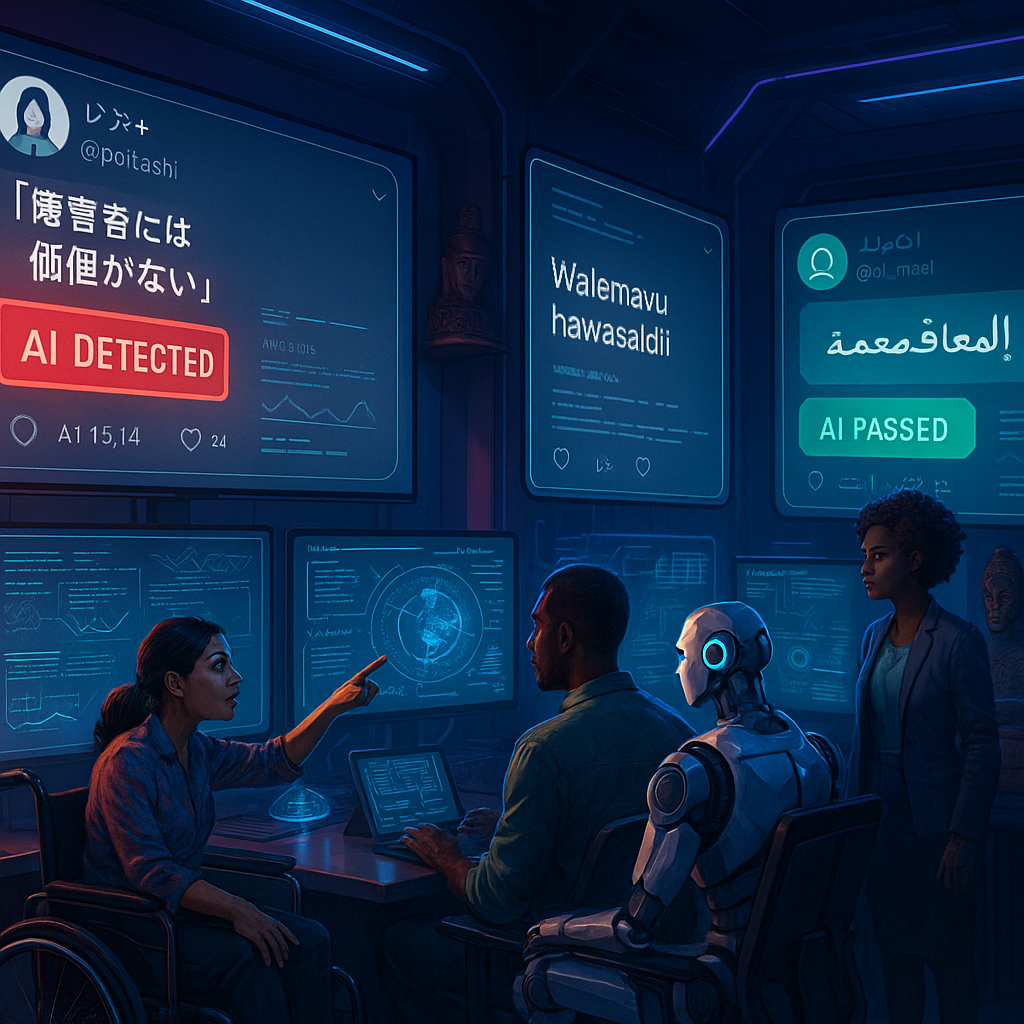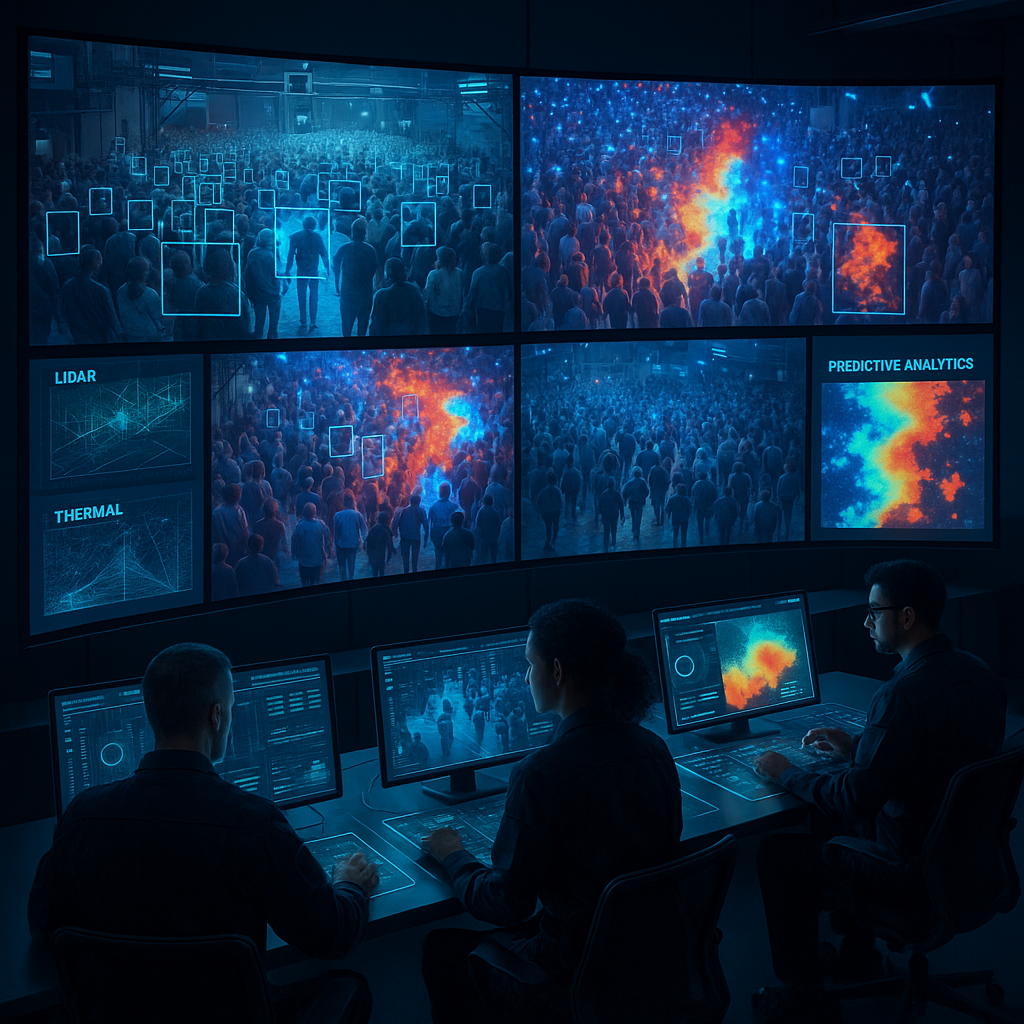Key Takeaways
- Artificial logic reflects human reasoning while exposing its limits. AI uses formal structures like propositional and predicate logic to simulate reasoning processes, but lacks the deep intuition and emotional insight that define human cognition.
- Propositional logic forms the basis of AI-driven decision-making. By reducing complex problems to a series of true/false statements, machines can systematically evaluate scenarios and make determinations across diverse domains.
- Logical inference empowers AI to transform raw data into practical conclusions. Using structured rules such as modus ponens and resolution, AI can derive actionable insights, driving advanced systems from medical diagnostics to automated customer service.
- Knowledge representation bridges abstract concepts and computational action. Logical systems enable AI to structure real-world knowledge in formats that machines can process, helping them reason about intricate domains like causality, social relationships, and regulatory rules.
- Theoretical principles ensure the soundness of machine reasoning. Foundational ideas like completeness, consistency, and decidability equip AI systems with the reliability needed for error-free operation within established boundaries.
- Logical reasoning equips AI with adaptability and scalability. Tools including theorem proving give machines the capacity to tackle complex domains, whether diagnosing patient symptoms, strategizing in competitive markets, or analyzing legal contracts.
- Artificial logic reveals the dynamic interplay between structured thought and computation. While logic emulates facets of human reasoning, its precision and inflexibility highlight the differences between silicon-based systems and the nuanced cognition of humans.
- Machine logic spotlights the emerging synergy between human insight and computational power. Beyond accelerating calculations, artificial logic compels us to reconsider what reasoning, understanding, and intelligence truly mean across every dimension of society.
Artificial logic is not merely a mathematical exercise. It represents a vibrant intersection of human intellect and machine operations. As we dive deeper, we will unravel foundational concepts, theoretical nuances, and wide-ranging practical applications of logic-driven AI across critical industries.
Introduction
Imagine if the logic you rely on to make everyday decisions could be mapped, coded, and executed by an artificial system. This is not a distant dream; artificial logic underpins modern intelligent technologies, connecting the nuance of human thought with the relentless precision of computation. By leveraging frameworks such as propositional and predicate logic, AI is able to echo our reasoning patterns. Yet, in the process, it also reveals the edges of machine cognition.
Grasping artificial logic is far from an esoteric pursuit. It is a window into the minds of the machines shaping our daily lives, from healthcare to finance, education to environmental management. The same underlying concepts (knowledge representation, logical inference, and formal reasoning) enable machines to transform overwhelming data flows into tangible decisions, navigate ambiguity, and address challenges once thought uniquely human. In the following sections, we will deconstruct how this core discipline shapes theoretical models and empowers adaptive, practical AI systems across the globe.
The Role of Artificial Logic in AI Systems
Understanding artificial logic is essential for appreciating how machines process information and engage in what we might call “thinking.” At its essence, artificial logic is the formal skeleton beneath computational reasoning, setting out the rules by which machines operate and make decisions. While human intuition draws upon experience and emotion, artificial logic insists on mathematical structure and rigor.
Stay Sharp. Stay Ahead.
Join our Telegram Channel for exclusive content, real insights,
engage with us and other members and get access to
insider updates, early news and top insights.
 Join the Channel
Join the Channel
Before delving into technical facets, it’s important to recognize the diversity of logical frameworks at AI’s disposal. Each serves as a foundational pillar, tailored to the needs of different applications.
Fundamental Principles
Machine reasoning harnesses varied logical systems, each unlocking new levels of capability:
- First-order logic enables reasoning about objects, properties, and intricate relationships, making it central to domains like legal contract analysis or scientific research.
- Temporal logic equips AI to consider time and event sequences, crucial for fields like robotics and financial trading, where past, present, and future states must be tracked.
- Probabilistic logic allows for sophisticated handling of uncertainty, enabling probabilistic diagnosis in healthcare, adaptive risk assessment in finance, and nuanced forecasting in environmental modeling.
- Modal logic brings depth to reasoning about necessity and possibility, supporting applications ranging from cybersecurity to ethical AI frameworks.
By carefully implementing these frameworks, AI can translate human insight into structured, computable operations, mirroring cognitive processes while also exposing the unique strengths and weaknesses of artificial reasoning.
The Human-Machine Logic Interface
The distinction between human and machine logic becomes particularly apparent when we examine how decisions are made in different domains.
- Precision vs. Flexibility: Machines are unparalleled in processing vast volumes of structured data or enforcing consistency in legal compliance. However, they often falter when contexts shift, such as adapting healthcare recommendations to rapidly evolving patient needs.
- Rule-Based vs. Adaptive: Strict logic ensures AI maintains standards in safety-critical tasks, like medical device automation or air traffic management. By contrast, teachers or doctors frequently adapt rules on the fly, responding to emotional cues or new evidence.
- Binary vs. Nuanced: AI typically frames problems in terms of yes/no or true/false. Humans, in contrast, embrace ambiguity, essential for fields like psychotherapy, creative storytelling, and policy strategy.
This interface, and its inherent friction, is not a limitation to overcome but a space of creative tension, an area where hybrid approaches and thoughtful integration will define the next generation of socio-technical systems.
Propositional Logic: Building Blocks of Machine Reasoning
At the core of machine reasoning lies propositional logic, a system that breaks down complex thought into elemental truths and falsehoods. These basic components allow AI to construct intricate reasoning networks, forming the skeleton from which more advanced logics emerge.
Core Components
Propositional logic in AI is defined by several key elements:
- Atomic Propositions: The smallest units, representing discrete facts like “the temperature is high” (true/false), or “the payment is late.”
- Logical Operators: Connectives such as AND (∧), OR (∨), NOT (¬), and IMPLIES (→), used to construct compound statements and rules.
- Truth Tables: Tools for exhaustively mapping the outcomes of different logic combinations, essential for tasks ranging from medical triage to complex circuit design.
- Inference Rules: Methods like modus ponens (if A is true and A implies B, then B is true) and modus tollens, enabling AI to make systematic, reliable deductions.
Practical Applications
The power of propositional logic becomes evident across diverse sectors:
-
In medical diagnostics, AI may use rules akin to:
- P: Patient has fever
- Q: Patient complains of sore throat
- R: Test for strep infection is recommended
- Rule: (P ∧ Q) → R
-
In finance, automated systems can flag accounts with overdue payments and previous defaults for review:
- A: Payment overdue
- B: History of default
- C: High risk flagged
- Rule: (A ∧ B) → C
-
In education technology, logical rules help determine when a student may need additional support:
- X: Student failed assignment
- Y: Missed tutoring session
- Z: Alert advisor
- Rule: (X ∧ Y) → Z
These examples demonstrate how even simple logic, executed at scale, underpins critical decision processes across health, finance, and education.
Logical Inference and Reasoning in AI
Logical inference elevates AI from static fact processing to dynamic reasoning, transforming lists of inputs into additional facts, decisions, or plans. The sophistication of these systems makes them indispensable in domains demanding both rigor and adaptability.
Inference Mechanisms
Today’s AI harnesses a spectrum of inference techniques:
- Forward Chaining: Moves step-by-step from known facts to reach conclusions, ideal for real-time incident detection in cybersecurity or automated fraud investigation in banking.
- Backward Chaining: Starts with a desired outcome, such as diagnosing a rare disease or resolving a legal question, and works backwards to assemble supporting evidence.
- Resolution: A general-purpose inference strategy, especially in first-order logic, widely used in automated theorem proving, contract verification, and legal compliance checking.
- Unification: Finds common ground among facts, binding variables, and enabling flexible pattern matching (vital for chatbot interfaces in customer support or intelligent tutoring systems).
Real-World Implementation
Across industries, logical inference drives transformative applications:
-
In customer service, rules automate complex compensation scenarios:
- IF (orderstatus = “delayed”) AND (delaytime > 48hours)
THEN offercompensation = TRUE - IF offercompensation AND (customertier = “premium”)
THEN compensation_amount = “high”
- IF (orderstatus = “delayed”) AND (delaytime > 48hours)
-
In environmental monitoring, chaining facts about rainfall, soil quality, and crop growth can infer irrigation needs.
-
In legal tech, complex precedence rules are navigated to determine contract eligibility or regulatory compliance.
Through inference, AI translates static





Leave a Reply